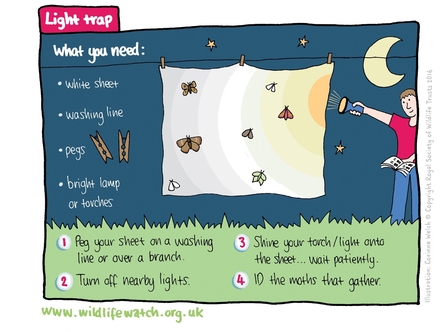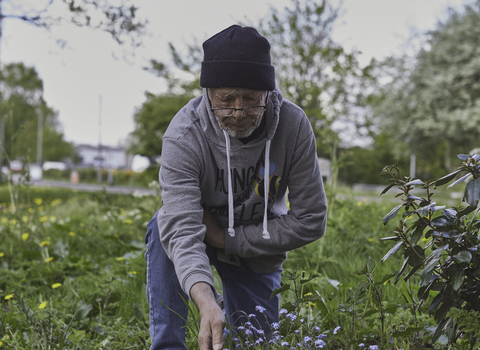As is now well known, insects are generally declining in number throughout the UK and Europe and it is as important to monitor them as it is birds, mammals and all other groups. Lepidoptera are perhaps the most conspicuous and (relatively) “easy” group of insects to deal with as there are very few butterfly species, and much help is available these days for the more varied and difficult moths.
I have been interested in butterflies for decades – going right back over 50 years since I identified my first White Admiral flying around Bookham Common in Surrey where I grew up. After setting up home in Cricklade over 40 years ago, I started recording butterflies visiting the garden, but naturally with so few species available I also started noticing the much larger variety of moth species, too.
I began recording them by trapping them in the bathroom by leaving the window open and light on all night, something that was more or less ok with my wife and son! In those days, in the 1980s, there seemed to be plenty of moths around to see, but nowadays to attract a good number you need something a bit more powerful – I mean a moth trap.
In 2014 I bought a Robinson trap and started trapping in earnest and systematically, taking part in the citizen science project The Garden Moth Scheme – which involves trapping weekly, preferably on a Friday, but at least once per week, and recording your results to submit every couple of months to the local recorder.
Trapping regularly from February to November for the last ten years has resulted in my amassing a list of 570 species in the garden. I usually trap more than 300 species every season.








